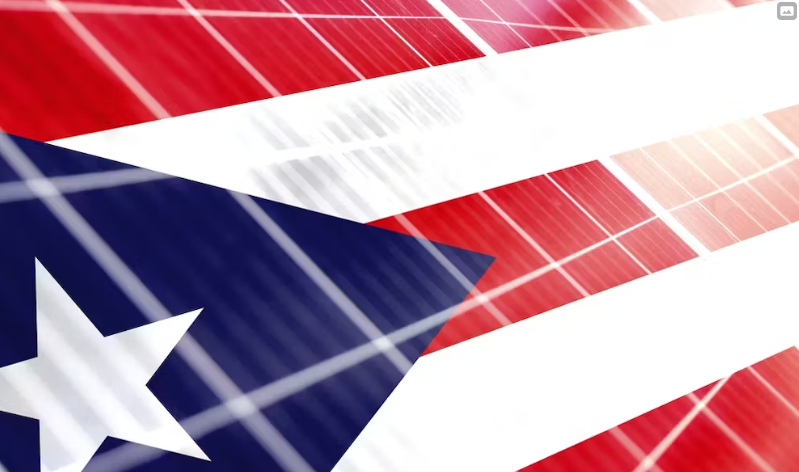
The money, coming from the federal government's Puerto Rico Energy Resilience Fund (PR-ERF), will focus on projects across Puerto Rico, particularly the most vulnerable residents there. Puerto Rico’s main grid has been severely damaged multiple times by hurricanes across the region.
“A future powered by renewables will offer the residents of Puerto Rico more energy security and more reliability—all while leaving households with cheaper bills to pay,” DOE Secretary Jennifer Granholm said in a statement.
The PR-ERF was established earlier this year. Many private-industry solar and battery storage packages are built at little or no upfront cost to the recipient, thanks to funding help by the federal government, and residents are billed monthly for their energy use.
A decentralized grid, sometimes a microgrid, are considered as viable options to the main system in which transmission and distribution lines cover significant distance and are vulnerable to weather events. Some hurricanes have completely knocked out transmission lines, severing the connection between customer and power plant generation.
Hurricane Fiona last year brought Category 4 winds and more than 20 inches of rain to Puerto Rico. On Sept. 18, the storm caused an island-wide power outage.
In 2017, Hurricane Maria was a Category 5 storm with ferocity that basically destroyed much of Puerto Rico’s already aged grid infrastructure. It followed an equally devastating Hurricane Irma by only two weeks.
The Puerto Rico Energy Resiliency Fund, established with at least $1 billion, seeks a goal of achieving renewable energy for 100 percent of the island by 2050. The latest $450 million funding release aims for solar and battery installations at up to 40,000 residential sites, with a particular focus on low-incomes residences.
Microgrids can be created utilizing this on-site power installations via control technologies. Earlier this year. The U.S. Federal Emergency Management Agency approved more than $10 million for a separate program installing solar microgrids in Puerto Rico.
Cooperatives are installing microgrids in the central and mountainous Cordillera Central region of Puerto Rico. The Cooperativa Hidroelectrica de la Montana plans to create about 30 solar microgrids there.